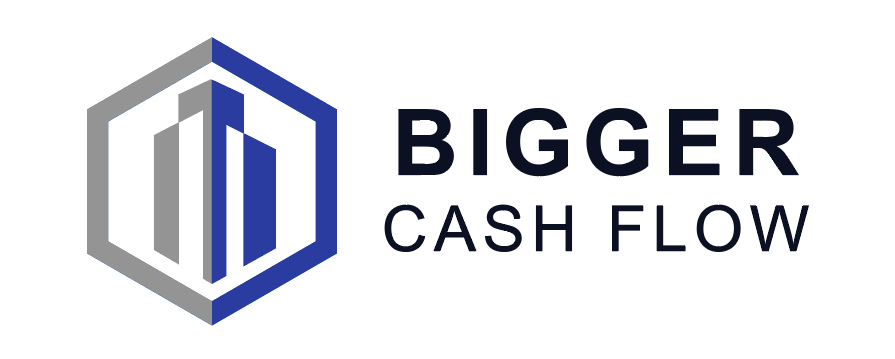Real Estate 009: 5 Tax Benefits for real estate investors
/Many real estate investors and those seeking financial freedom know that the biggest "enemy" to creating long term wealth is taxes. One of the huge benefits of being a real estate investor, is that the IRS tax code is written to support business owners including those with rental real estate. As such, I want to discuss some of the tax advantages that rental real estate could bring to your portfolio. Please note that I am not a CPA nor attorney, so please talk to a professional that can assist you in your specific situation.
Top 5 Tax Benefits for real estate investors
1. Depreciation
According to the IRS, the building (not the land) portion of your real estate investment is depreciated over 27.5 years for residential buildings and 39 years for commercial buildings (as of this writing). That means on a $100K midwest single family home where the building is valued at $80K, land at $20K, you are able to off set $2,909 worth of taxable income with a depreciation loss of the same amount. As this is a "paper" loss, even though your property may be in great condition physically, you are able to take this depreciation each year starting from the year of acquisition.
Note: There is a downside to depreciation called "depreciation recapture". If you ever decide to sell your real estate property, you will have to pay taxes on any gains made on the sale. Lets look at two scenarios:
A - You (taxpayer) buys the property for $100K, and the taxpayer has taken $40K worth of depreciation over time, bringing the cost basis of the rental property to $60K at the time of sale. If the taxpayer sells the home for $70K, they realize a gain of $10K. As they have taken depreciation over the years, they are required to pay $10K worth of ordinary income taxes.
B - Same situation above, except the market is hot and taxpayer sells the home for $130K, resulting in a $70K gain on the cost basis of $60K. In this situation, $40K of the total $70K will be taxed as ordinary income (equal to the amount of depreciation taken over the years) and the remaining $30K is taxed at a lower capital gains tax rate.
One way a savvy real estate investor can avoid the depreciation recapture is to defer tax liability with a 1031 exchange.
2. 1031 Exchange
The 1031 Exchange is named after section 1031 of the IRS tax code which allows investors to defer their tax liability when selling their property for a gain. In the example B above, the investor sold the property for a $70K gain, but if they use a 1031 exchange to buy a "like-kind" asset such as a single family, multifamily, land, etc. they can roll their gains onto the newly purchased property. There are strict rules when it comes to the execution of a 1031 exchange, so please do your due diligence in researching this option.
3. Tax Breaks for Pass-through entities
If you have a pass-through entity (Sole Proprietorship, Partnerships, LLC, S-Corp), the new Tax reform (TCJA 2017) provides a 199A pass-through deduction. In a nutshell, this allows landlords of residential real estate operating in a pass through entity, to deduct 20% of net income off the top. This means, if your 10 rental properties in an LLC makes $100K net income a year, only $80K will be deemed taxable. There are exceptions, however, where the 20% deduction is capped by the greater of 50% of the taxpayer's wages, or 25% of wages + 2.5% of the unadjusted basis of qualified property held by the business. A qualified property is a rental property that is subject to depreciation and the unadjusted basis is the property's original cost without any depreciation.
4. Deductions
There is a laundry list of items that relate to your real estate business that can be deductible:
- property taxes
- insurance premiums
- utilities
- repairs and maintenance
- commissions, property management fees, legal and professional fees
- travel costs to visit out of state rental properties
- mileage to visit local rental properties
- meals
The key is to keep a detailed log of your expenses to ensure that it was ordinary and necessary for your real estate business. Note that this list does not factor in the perks of being a qualified real estate professional and the additional deductions they can take. However, please note that the IRS is very strict on who qualifies to be a real estate professional, so again, please do your homework.
5. Long-term Capital Gains
If you decide to sell your real estate property, you will have to pay capital gains tax on the profits of the sale. There are two types of gains: short-term and long-term. If the investment was acquired and sold within 1 year, it is deemed a short-term hold and taxed as ordinary income. If the investment was held for longer than 1 year, it is considered a long-term hold and has a more favorable tax rate.
To put this in perspective, if you have purchased a property for $100K and sold it for a $50K profit in less than a year, at a tax bracket of 28%, you would be paying close to $14K in taxes. Conversely, if you held the property for more than 1 year and made the same profit, you would pay long-term capital gains of 15% in taxes resulting in only $7.5K, a whopping $6.5K in savings. Something to keep in mind when you are considering disposing of your assets.
As always, please make sure you do your due diligence and talk to your CPA/Attorney/Financial Advisor before making any investment decision.
Good Luck!















